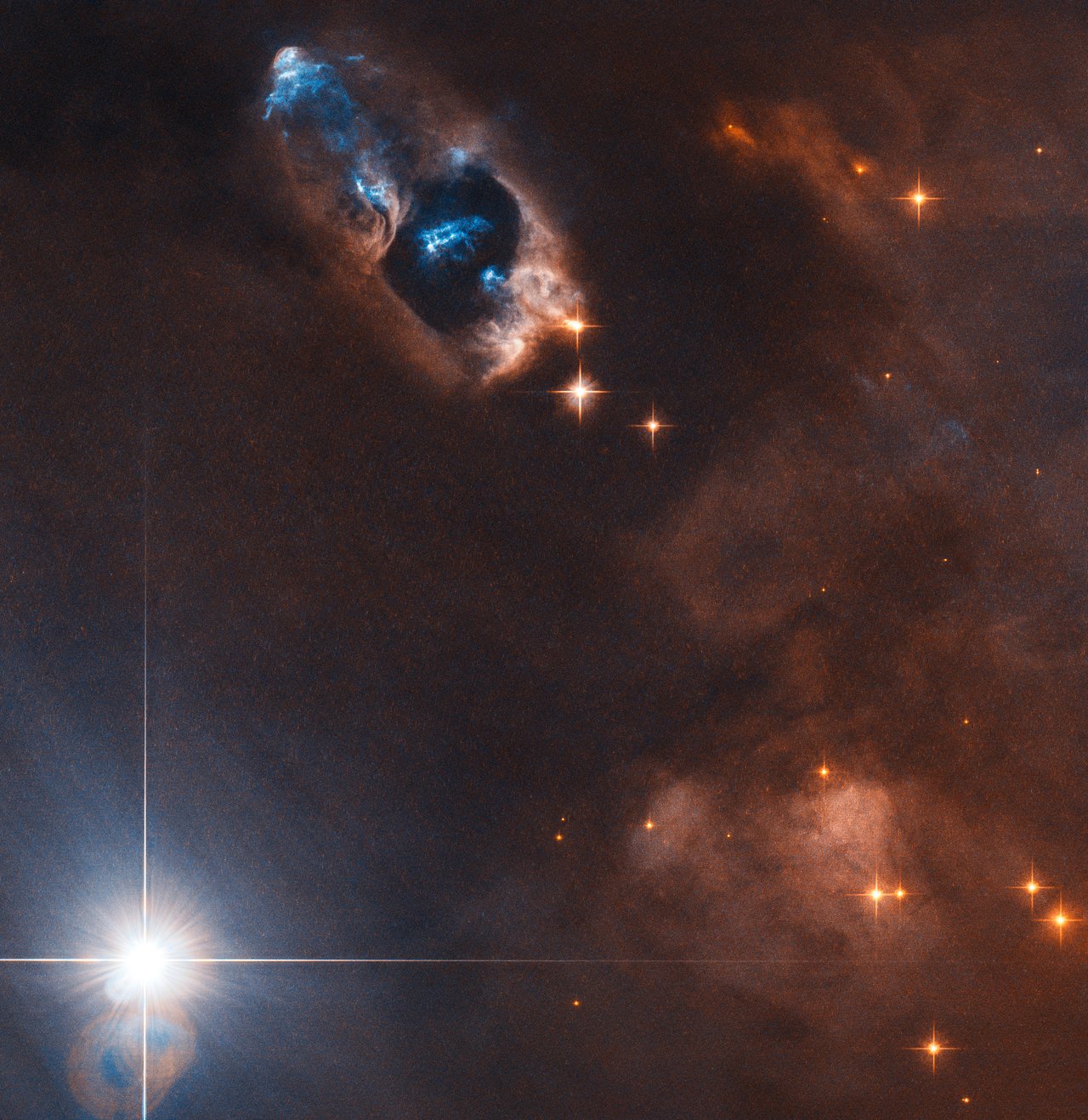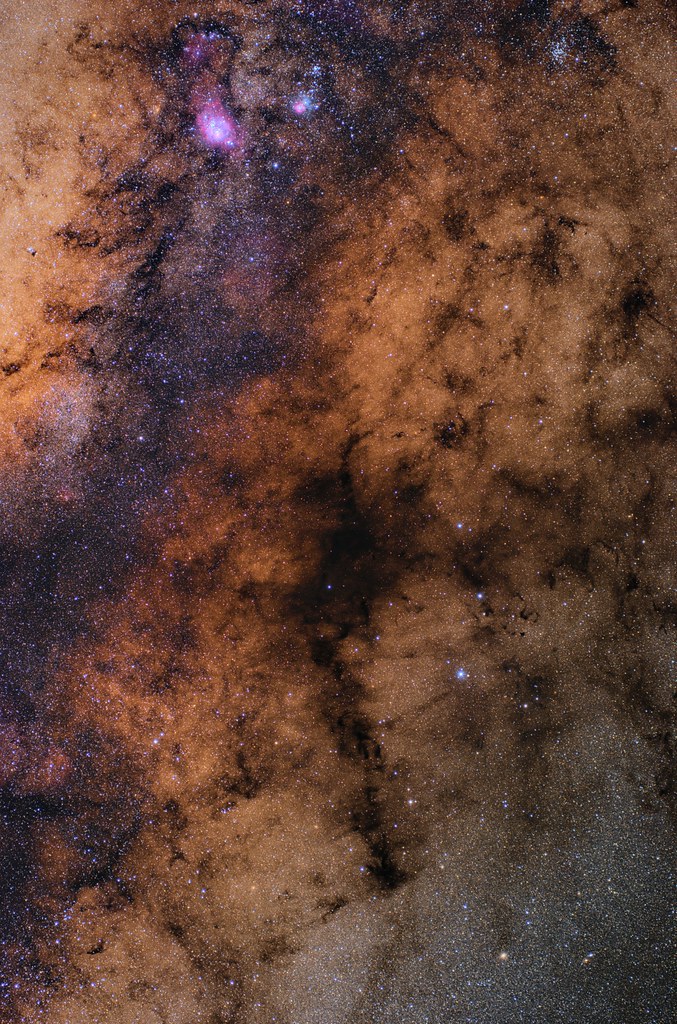Blog
Gertrude E. “Trudy” Pitts (August 10, 1932 – December 19, 2010) was an American soul jazz keyboardist from Philadelphia, Pennsylvania. She was known primarily for playing the Hammond B3 organ.
Trained as a musician and a music educator, Pitts studied at the Philadelphia Musical Academy, Temple University and Juilliard, as well as other institutions. Early work experience included a position as an assistant to the pianist in the Tony Award-winning musical Raisin.
At the end of the musical’s tour, she was encouraged by her husband (who had worked with Shirley Scott as a drummer) to continue developing her repertoire.
In 1967, the Boston Globe printed a piece calling her a rising star and complimented her drawbar variation, vibrato shadings, and bass pedal work. Her husband, William Theodore Carney II (born 1925), aka “Mr. C.”, often joined her on the drums.
Trudy Pitts eventually went on to play with Ben Webster, Gene Ammons, and Sonny Stitt.[1] She recorded four albums for Prestige Records, appearing with Willis Jackson among others. In 1999, a compilation album of several records was released as Legends of Acid Jazz: Trudy Pitts With Pat Martino. Recent festival appearances include the 11th Annual Mary Lou Williams Women in Jazz Festival at the Kennedy Center in Washington, D.C., in May 2006. On September 15, 2006, Pitts was the first jazz artist to play a concert on Philadelphia’s Kimmel Center’s 7,000 pipe organ, “taking the medium to a whole new level”.
In 2008, she again performed on an exceptional organ, this time the Kennedy Center’s Filene Organ.
Trudy Pitts died on December 19, 2010, aged 78, from pancreatic cancer.
more...Arnett Cleophus Cobb (August 10, 1918 – March 24, 1989) was an American jazz tenor saxophonist, sometimes known as the “Wild Man of the Tenor Sax” because of his uninhibited stomping style. Cobb wrote the words and music for the jazz standard “Smooth Sailing” (1951), which Ella Fitzgerald recorded for Decca on her album Lullabies of Birdland.
Born in Houston, Texas, he was taught to play piano by his grandmother, and he went on to study violin before taking up tenor saxophone in the high school band. At the age of 15 he joined Louisiana bandleader Frank Davis’s band, doing shows in Houston and throughout Louisiana during the summer. Cobb continued his musical career with the local bands of trumpeter Chester Boone, from 1934 to 1936, and Milt Larkin, from 1936 to 1942 (which included a period on the West Coast with Floyd Ray). Among his bandmates in the Larkin band were Illinois Jacquet, Eddie “Cleanhead” Vinson, Tom Archia, Cedric Haywood, and Wild Bill Davis. Having turned down an offer from Count Basie in 1939, Cobb replaced Jacquet in Lionel Hampton‘s band in 1942, staying with Hampton until 1947. Cobb’s featured solo on Hampton’s theme song “Flying Home No. 2” generated much excitement, his blasting style earning him the label “Wild Man of the Tenor Sax”.
Cobb then started his own seven-piece band, but suffered a serious illness in 1950, which necessitated spinal surgery. Although he re-formed the band on his recovery, in 1956 its success was again interrupted, this time by a car crash. This had long-term effects on his health, involving periods in the hospital, and making him permanently reliant on crutches. Nevertheless, Cobb worked as a soloist through the 1970s and 1980s in the U.S. and abroad. As late as 1988 he played with Jimmy Heath and Joe Henderson in Europe. He died in his hometown, at the age of 70 in 1989.
more...In this image the NASA/ESA Hubble Space Telescope has captured the smoking gun of a newborn star, the Herbig–Haro objects numbered 7 to 11 (HH 7–11). These five objects, visible in blue in the top centre of the image, lie within NGC 1333, a reflection nebula full of gas and dust found about a thousand light-years away from Earth.
Herbig-Haro objects like HH 7–11 are transient phenomena. Travelling away from the star that created them, at a speed of up to 250 000 kilometres per hour they disappear into nothingness within a few tens of thousands of years. The young star that is the source of HH 7-11 is called SVS 13 and all five objects are moving away from SVS 13 toward the upper left. The current distance between HH 7 and SVS 13 is about 20 000 times the distance between Earth and the Sun.
Herbig–Haro objects are formed when jets of ionised gas ejected by a young star collide with nearby clouds of gas and dust at high speeds. The Herbig-Haro objects visible in this image are no exception to this and were formed when the jets from the newborn star SVS 13 collided with the surrounding clouds. These collisions created the five brilliant clumps of light within the reflection nebula.

Jack DeJohnette (born August 9, 1942) is an American jazz drummer, pianist, and composer.
An important figure of the fusion era of jazz, DeJohnette is one of the most influential jazz drummers of the 20th century, given his extensive work as leader and sideman for musicians including Charles Lloyd, Freddie Hubbard, Keith Jarrett, Bill Evans, John Abercrombie, Alice Coltrane, Sonny Rollins, Miles Davis, Joe Henderson, Michael Brecker, Herbie Hancock and John Scofield. He was inducted into the Modern Drummer Hall of Fame in 2007.
DeJohnette was born in Chicago, Illinois. He began his musical career as a pianist, studying from age four and first playing professionally at age fourteen. He later switched focus to the drums. DeJohnette credits his uncle, Roy I. Wood Sr., a Chicago disc jockey and vice president of the National Network of Black Broadcasters, as his inspiration to play music.
DeJohnette played R&B, hard bop, and avant-garde music in Chicago. He led his own groups in addition to playing with Richard Abrams, Roscoe Mitchell and other eventual core members of the Association for the Advancement of Creative Musicians (founded in 1965). He also occasionally performed with Sun Ra and his Arkestra (and later in New York as well). In the early 1960s, DeJohnette had the opportunity to sit in for three tunes with John Coltrane and his quintet, an early foray into playing with big-name jazz musicians.
In 1966 DeJohnette moved to New York City, where he became a member of the Charles Lloyd Quartet. A band that recognized the potential influence of rock and roll on jazz, Lloyd’s group was where DeJohnette first encountered pianist Keith Jarrett, who would work extensively with him throughout his career. However, DeJohnette left the group in early 1968, citing Lloyd’s deteriorating, “flat” playing as his main reason for leaving. While Lloyd’s band was where he received international recognition for the first time, it was not the only group DeJohnette played with during his early years in New York, as he also worked with groups including Jackie McLean, Abbey Lincoln, Betty Carter, and Bill Evans. DeJohnette joined Evans’ trio in 1968, the same year the group headlined the Montreux Jazz Festival and produced the album Bill Evans at the Montreux Jazz Festival. In November 1968 he worked briefly with Stan Getz and his quartet, which led to his first recordings with Miles Davis.
https://www.youtube.com/watch?v=sUHAp1vAr8U
more...Edward Rudolph “Butch” Warren Jr. (August 9, 1939 – October 5, 2013) was an American jazz bassist who was active during the 1950s and ’60s.
Warren’s mother was a typist. His father, Edward Sr., was an electronics technician who played piano and organ part-time in clubs in Washington, D.C. The Warren home was often visited by jazz musicians Billy Hart, Jimmy Smith, and Stuff Smith. The first time Butch Warren played bass was at home on an instrument left by Billy Taylor, who had played bass for Duke Ellington. Warren has cited Jimmy Blanton, another Ellington bassist, as his biggest inspiration.
Warren began playing professionally at age 14 in a Washington, D.C. band led by his father. He later worked with other local groups, including that of Stuff Smith, as well as with altoist and bandleader Rick Henderson at the Howard Theatre.
When he was 19, he sat in with Kenny Dorham to substitute for an absent trumpeter. A few days later, Dorham invited him to New York City, where he spent the next six months as a sideman at a club in Brooklyn. He appeared on his first recording in January 1960 with Dorham, saxophonist Charles Davis, pianist Tommy Flanagan, and drummer Buddy Enlow. Through his friendship with Sonny Clark he recorded for Blue Note Records in 1961 on Clark’s album Leapin’ and Lopin’ . Alfred Lion, president of Blue Note, hired Warren to fill the vacancy of staff bassist. During this job he played on “Watermelon Man” with Herbie Hancock. As sideman, he also recorded with Miles Davis, Hank Mobley, Donald Byrd, Dexter Gordon, Joe Henderson, Jackie McLean, and Stanley Turrentine.
Mental illness and heroin addiction created problems for Warren. In 1963, his friend Sonny Clark died of an overdose. Months later, Thelonious Monk hired the 23-year-old Warren. Monk’s band was surrounded by drugs and Warren quit after a yearlong tour. Moving back to D.C., he admitted himself to St. Elizabeths Hospital. He was diagnosed with paranoid schizophrenia.
Following the onset of his illness he played professionally only occasionally, including a regular gig at the jazz club Columbia Station in Washington D.C.
His only solo effort was captured on “Butch’s Blues” but he was better known as a sideman on many albums, including Dexter Gordon’s Go.
more...https://www.youtube.com/watch?v=72mXxaHkHnE
more...This image, taken by the NASA/ESA Hubble Space Telescope, showcases the fluffy (or flocculent), feathery features of the spiral galaxy NGC 2275. The galaxy is located 67 million light-years away in the constellation of Cancer.

John Renbourn (8 August 1944 – 26 March 2015) was an English guitarist and songwriter. He was best known for his collaboration with guitarist Bert Jansch as well as his work with the folk group Pentangle, although he maintained a solo career before, during and after that band’s existence (1967–1973).
While most commonly labelled a folk musician, Renbourn’s musical tastes and interests took in early music, classical music, jazz, blues and world music. His most influential album, Sir John Alot (1968), featured his take on tunes from the Medieval era. John Renbourn studied classical guitar at school and it was during this period that he was introduced to Early Music. In the 1950s, along with many others, he was greatly influenced by the musical craze of “Skiffle” and this eventually led him to explore the work of artists such as Lead Belly, Josh White and Big Bill Broonzy.
In the 1960s, the new craze in popular music was Rhythm and Blues, also the impact of Davey Graham was being felt. In 1961, Renbourn toured the South West with Mac MacLeod and repeated the tour in 1963. On returning from the South West Renbourn and MacLeod recorded a demo tape together. Renbourn briefly played in an R&B band while studying at the Kingston College of Art in London. Although the British “Folk Revival” was underway, most folk clubs were biased towards traditional, unaccompanied folk songs, and guitar players were not always welcome. However, the Roundhouse in London had a more tolerant attitude and here, John Renbourn joined blues and gospel singer Dorris Henderson, playing backing guitar and recording two albums with her.
more...Urban Clifford “Urbie” Green (August 8, 1926 – December 31, 2018) was an American jazz trombonist who toured with Woody Herman, Gene Krupa, Jan Savitt, and Frankie Carle.
He played on over 250 recordings and released more than two dozen albums as a soloist, and was highly respected by his fellow trombonists. Green’s trombone sound was especially noted for its warm, mellow tone, even in the higher registers where he was more fluent than most trombonists. His technique was considered flawless by many in the music industry and he played in major jazz festivals, motion picture soundtracks, concert halls, nightclubs, radio, television and the White House. He was inducted into the Alabama Jazz Hall of Fame in 1995.
Born in Mobile, Alabama, Green was taught the piano as a child by his mother, jazz and popular tunes from the beginning. He picked up the trombone, which both older brothers played, when he was about 12. Although he listened to such trombone greats as Tommy Dorsey, J. C. Higginbotham, Jack Jenney, Jack Teagarden and Trummy Young he has said that he was more influenced by the styles of Dizzy Gillespie, Charlie Parker, and Lester Young. Urbie’s trombone style was also influenced by vocalists such as Perry Como, and the vocal style of Louis Armstrong.
more...James Witherspoon (August 8, 1920 – September 18, 1997) was an American jump blues singer.
Witherspoon was born in Gurdon, Arkansas. He first attracted attention singing in Calcutta, India, with Teddy Weatherford‘s band, which made regular radio broadcasts over the U.S. Armed Forces Radio Service during World War II. Witherspoon made his first records with Jay McShann‘s band in 1945. He first recorded under his own name in 1947, and two years later with the McShann band, he had his first hit, “Ain’t Nobody’s Business,”a song that came to be regarded as his signature tune. In 1950 he had hits with two more songs closely identified with him—”No Rollin’ Blues” and “Big Fine Girl”—and also with “Failing by Degrees” and “New Orleans Woman”, recorded with the Gene Gilbeaux Orchestra (which included Herman Washington and Don Hill) for Modern Records. These were recorded at a live performance on May 10, 1949, at a “Just Jazz” concert in Pasadena, California, sponsored by Gene Norman. Another classic Witherspoon composition is “Times Gettin’ Tougher Than Tough”.
Witherspoon performed in four of the famed Cavalcade of Jazz concerts held in Los Angeles at Wrigley Field which were produced by Leon Hefflin Sr.His first performance was at the fourth Cavalcade of Jazz on September 12, 1948 and Dizzy Gillespie was the featured artist along with Frankie Lane, Little Miss Cornshucks, The Sweetheart of Rhythms, Joe Liggins’ Honeydrippers, Joe Turner, The Blenders and The Sensations.
more...Bennett Lester Carter (August 8, 1907 – July 12, 2003) was an American jazz saxophonist, clarinetist, trumpeter, composer, arranger, and bandleader. With Johnny Hodges, he was a pioneer on the alto saxophone. From the beginning of his career in the 1920s he was a popular arranger, having written charts for Fletcher Henderson‘s big band that shaped the swing style. He had an unusually long career that lasted into the 1990s. During the 1980s and ’90s, he was nominated for eight Grammy Awards, which included receiving a Lifetime Achievement Award.
Born in New York City in 1907, he was given piano lessons by his mother and others in the neighborhood. He played trumpet and experimented briefly with C-melody saxophone before settling on alto saxophone. In the 1920s, he performed with June Clark, Billy Paige, and Earl Hines, then toured as a member of the Wilberforce Collegians led by Horace Henderson. He appeared on record for the first time in 1927 as a member of the Paradise Ten led by Charlie Johnson. He returned to the Collegians and became their bandleader through 1929, including a performance at the Savoy Ballroom in New York City.
more...https://www.youtube.com/watch?v=-bDntRWfL70
more...East of Antares, dark markings sprawl through crowded star fields toward the center of our Milky Way Galaxy. Cataloged in the early 20th century by astronomer E. E. Barnard, the obscuring interstellar dust clouds include B59, B72, B77 and B78, seen in against the starry background. Here, their combined shape suggests a pipe stem and bowl, and so the dark nebula’s popular name is the Pipe Nebula. The deep and expansive view covers a full 10 by 10 degree field in the pronounceable constellation Ophiuchus. The Pipe Nebula is part of the Ophiuchus dark cloud complex located at a distance of about 450 light-years. Dense cores of gas and dust within the Pipe Nebula are collapsing to form stars.

More Posts
- Elmo Hope Day
- Shad Collins Day
- World Music with Eleftheria Arvanitaki
- Daily Roots with Israel Vibration
- The Cosmos with NGC 1187
- Reggie Workman Day
- Big Bill Broonzy Day
- World Music with Very Be Careful
- Daily Roots with Uwe Banton
- The Cosmos with M20
- Joe Chambers Day
- Clifton Chenier Day
- Johnny Smith Day
- World Music with Haig Yazdjian
- Daily Roots with Peter Tosh
- Your Community Band 6-24-18 2pm
- The Cosmos with NGC 7098
- Jeff Beck Day
- Lester Williams Day
- Terry Riley Day